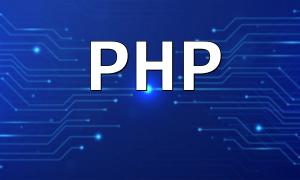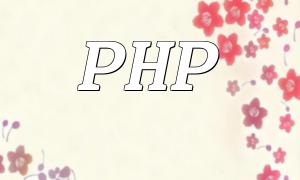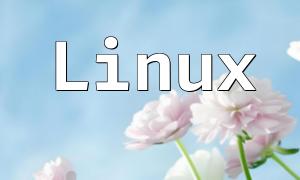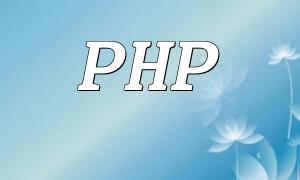In modern web development, PHP has become one of the core languages for building dynamic websites and applications. If you are using Debian 7, this guide will walk you through the steps to install and configure PHP, giving you a solid foundation for your development projects.
Before starting the installation, make sure your Debian 7 system is up to date. You can update your system with the following command:
sudo apt-get update
Next, install the necessary dependencies to ensure PHP installs smoothly:
sudo apt-get install -y build-essential libxml2-dev
Installing PHP on Debian 7 is relatively simple. Just run the following command:
sudo apt-get install -y php5
This command will automatically download and install the latest PHP 5 version along with its dependencies.
Once the installation is complete, you can verify whether PHP was installed successfully by running the following command:
php -v
If the installation is successful, you will see the PHP version and copyright information.
After installation, the next step is to configure PHP. The configuration file for PHP is typically located at /etc/php5/apache2/php.ini. You can open this file using a text editor:
sudo nano /etc/php5/apache2/php.ini
In the php.ini file, you can adjust various configuration options according to your needs. Some common configurations include:
For example, if you want to change the error reporting level, locate the following line and modify it:
error_reporting = E_ALL
Debian 7 typically uses Apache as the web server. Ensure that Apache is installed by running the following command:
sudo apt-get install -y apache2
After Apache is installed, you need to install the PHP module for Apache:
sudo apt-get install -y libapache2-mod-php5
Once the installation is complete, enable the PHP module and restart Apache to apply the changes:
sudo a2enmod php5 sudo service apache2 restart
To check whether PHP is working correctly with Apache, you can create a simple test file. Save it as info.php in Apache's root directory (usually /var/www/html):
sudo nano /var/www/html/info.php
Inside the file, add the following content:
<?php phpinfo(); ?>
After saving the file, you can access it via the browser at http://your_server_ip/info.php. If everything is set up correctly, you will see the PHP info page displaying detailed PHP configuration information.
By following this guide, you should be able to successfully install and configure PHP on Debian 7. This guide covers everything from system preparation, PHP installation, to Apache integration. Be sure to regularly check for updates and adjust PHP settings as needed to ensure optimal performance and security.









